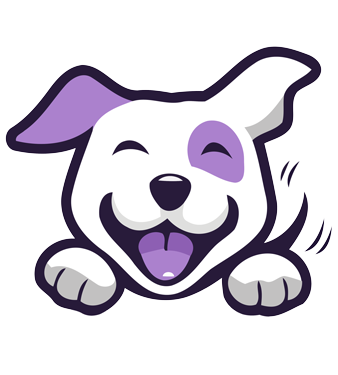news
CHOW CHOW DESCRIPTION
The Chow Chow is a square breed. The long hair has an abundant coat of rough and straight hair.
The Chow Chow has many unique traits: its frown expression, a large head with a wide and flat skull, and wide, deep muzzle, accented by a profuse collar, its bluish black tongue, and pompous. The correct Chow Chow is square built, not longer than tall, and the hindquarters, not angulated, with the hocks and metatarsus directly under the hip joint, which is produces the breed’s typical movement, with little amplitude. Two varieties of Chow are acknowledged, long haired and short haired, both with undercoat; hair quality and texture is more important than its length. The long hair is abundant, straight and standing, relatively rough to the touch; short hair is harder and thicker, without a collar or bristles. The Chow’s head is large compared to the body and with a proud stance, although it never should give it a disproportionate appearance; the skin does not appear too loose. The ears should be small, triangular, and somewhat thick, with a rounded tip, erect and sloped forward, slightly convergent. (Dropping ears disqualify). The nose should be large and black; the tongue should be a single color, bluish black; a spotted nose or in another color that is not black (except for the blue Chow) as well as a pink or spotted tongue, disqualify. Unicolor coat, which can be red colored (from light gold to dark chestnut), black, blue, cinnamon (light fawn to cinnamon), white and cream. The adult Chow stands between 43 and 50 cm to the withers. It is well proportioned, medium size, with heavy bone structure and musculature; too heavy specimens, too fine or light boned are not desirables.
WHO IS IT RIGHT FOR
The formerly rigid Chow Chow has no relation to the currently sociable and affectionate Chow. Many breeders have been successful in convincing the Chow that people are reliable and well intentioned. We are convinced that the ill tempered Chow is practically never a product of genetics, but a victim of education lack and socialization. The breed was famous for being stubborn and reserved impenetrably. Nowadays many Chows are docile and affectionate, always keeping their dignity. However, it is not a puppy face companion, it is still dominating and somewhat stubborn. Despite its lion head, educating a Chow does not require a whip and a chair, but simply a convincing tone of voice and, yes, leonine patience. The Chow has many splendid traits and is a precious animal, although not a dog for everyone. The puppy should be socialized, i.e. it should have contact with as many strangers and new environments as possible. Socialization should begin early. The adolescent Chow Chow, if not properly socialized, can become quite stubborn and unmanageable. Independent by nature, the young Chow will want to do things as it pleases. Perhaps what takes the owner the most time is caring for its hair, especially when the adult hair begins to grow. In this phase it should be brushed and bathed often to make that growth easy.
DEVELOPMENT
The Chow Chow puppies are born with the iron will of an independent, thinking creature. Choose a puppy that allows approach and trusts people (i.e. a well socialized puppy).
Litters are four to six puppies, with a weigh between 280 and 580 g. Size difference in adults comes from the different sizes and the puppy’s growth. The tongue, pink at first, is usually bluish black after six weeks; if it has not pigmented at eight weeks, possibilities as a dog show are reduced, although sometimes the tongue doesn’t darken until after months.
The coat darkens with age; in the red or cinnamon coat, the darkest the hair is at birth, the darker the adult coat will be. At birth it is difficult to tell the cinnamon apart from the blue.
HEALTH
Unfortunately hip dysplasia is very common in the Chow Chow. Only X – ray specimens should be bred.
The young Chow Chow’s hair will turn harder with age, and it is a lot softer, but never starchy.
The short haired Chow Chow is identical to the long haired, except for the hair. Every specimen in the breed should have a typical bluish-black tongue.
Shoulder dysplasia has also been reported, although kneecap luxations are more frequent, to which the Chow Chow is prone due to its straight hindquarters. Certain breeding lines are prone to dwarfism. Congenital entropion, Collie eye, glaucoma, hypotiroidism and ectropion are also reported. Prolonged soft palate can appear as well as too short tail, which needs to be checked. Fleas, allergies, and shampoo remains on the coat after the bath can cause skin problems for the Chow. In addition, any risk of stomach torsion should be avoided. Some specimens are sensitive to anesthetics. The Chow Chow has a 10 to 12 year longevity.

